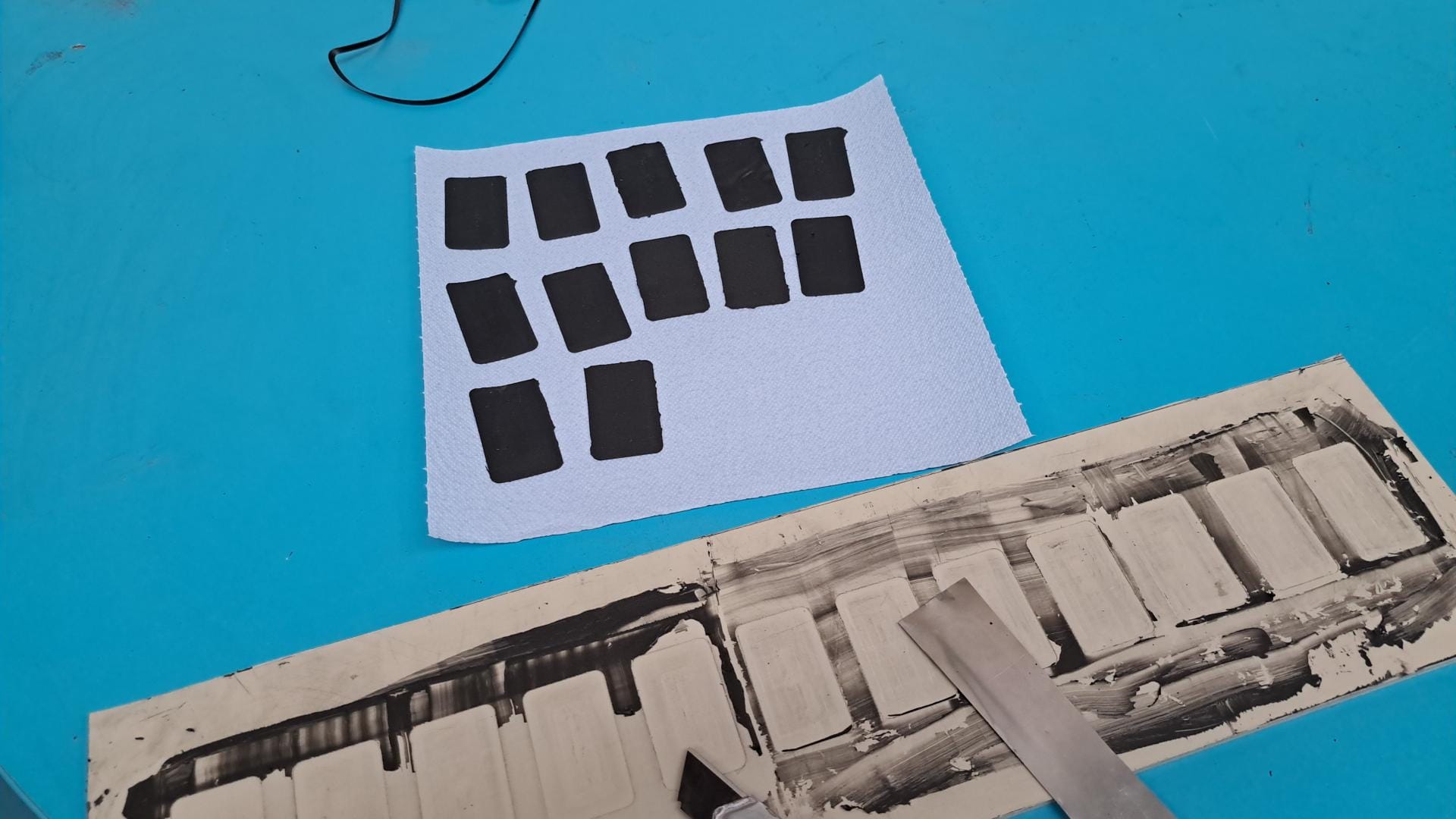A sealing material is a critical part of both small laboratory cells and big redox flow battery stacks, as well as it provides the sealing of the components within the electrochemical cell.
In the case of vanadium electrolytes, the environment is highly corrosive, consisting of 1.6-1.8M vanadium and 3M sulfuric acid, along with an addition of phosphonic acid. Therefore, the chemical stability of the sealing material is critical.
Suitable sealing materials must possess several other important characteristics:
- Stability under varying temperature conditions (ranging from 0 to 50°C)
- Mechanical flexibility
- Cost-effectiveness
Well-known options for sealing materials include FKM (Fluorine Kautschuk Material) and EPDM (Ethylene Propylene Diene Monomer). Silicon-based materials are another potential option. At Inohub Energy, we sourced silicon-based chemicals from various manufacturers and conducted initial stability testing. Since silicon-based materials are typically delivered in liquid form (usually as two-component systems), we prepared the form for dispensing, produced sealing samples, and tested them in V(+5) electrolyte, the most corrosive form of vanadium used in redox flow batteries. Following the soaking process, the materials were visually inspected, and key parameters such as weight and dimensions were measured.
For more advanced testing, additional assessments could include hardness tests, tensile tests, and compression tests. By comparing the results obtained from the soaked materials with those from fresh materials, we can gain further insights into the degradation of the material structure.
ACKNOWLEDGEMENT:
This work was supported by the project: IPCEI_IE_FLOW_BESS_012021_2. phase


